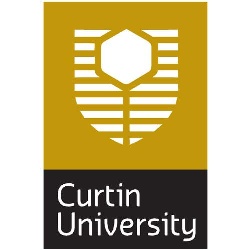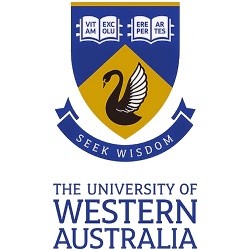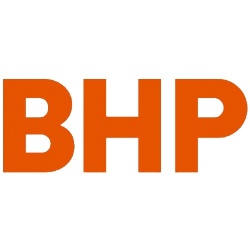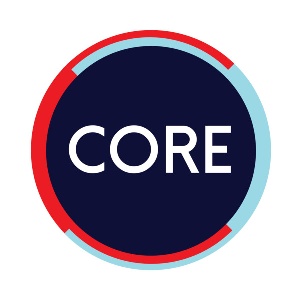Page History
This month's newsletter focuses on the activities in October
includingand includes an update on
what ourCTMTDS Director, Andrew Rohl
has achieved, has been up to while on academic study leave in the UK.
IN THE SPOTLIGHT
Dr Congratulations to Research Fellow Sirui Li attends her graduation ceremony , who donned academic robes and received her PhD at Murdoch University. Congratulations Sirui 's graduation ceremony!
TEAM NEWS
We welcomed Welcome to two new members to our of the Strategic Risk and Reporting Board. : Peter Rose joins the board to represent Alcoa and Johan Breytenbach joins the board to represent , representing Alcoa, and Johan Breytenbach, representing Roy Hill.
INTERNATIONAL COLLABORATIONS
Our CTMTDS Director Professor Andrew Rohl is currently currently just over halfway through his Academic Study Program (more commonly known as a sabbatical) at the University of Oxford. He is working on a project in the ARC Centre of Excellence for the Digital Child, where he is an associate investigator. The project is looking at understanding the impacts of digital technologies on the physical development of children. To measure the exposure of children to digital technologies and how this changes their physical activity, the team are using sensors such as accelerometers and cameras combined with machine learning to detect children’s activities. In Oxford, Prof Rohl has been using conventional machine learning techniques such as Random Forests, XGBoost and Support Vector Machines to develop models that given accelerometer data (in this case, thigh mounted sensors) can predict the activities that the child has done such as standing, walking, climbing stairs and even cartwheels.
Although he has led quite a few machine learning projects through his roles in the Curtin Institute for Computation and the Centre, Prof Rohl Andrew hadn’t got into the nitty gritty of cleaning sensor data, building and validating models etc and is really enjoying getting into the deep detail of a project. He is looking forward to applying what he has learned on projects with the Centre industry partners in 2024.
Finally, Prof Rohl Andrew is looking to build links with the premier data science centre in the UK, the Alan Turing Institute in London. He has visited their offices within at the British Library in September and will visit again in December.
Events
Researchers Catch-
up October 2023Shuixiu Lu hosts research presentations by PhD candidates Sandy Spiers and Gabriel Gonzalez
Up
Sandy Spiers:
Understanding the Difficulties of Optimisation
Within the architecture of an optimisation solution, the algorithm algorithmic component is often goes misunderstood or neglected, yet this is where most of the heavy lifting is done.
Sandy presented that a way to remedy this by unpacking what actually makes an optimisation problem difficult. He explored the idea of decision dimensions and explained why some problems are far more complex than others.
By demystifying some common optimisation algorithms, Sandy presented showed how practical assumptions lead to more intuitive algorithms, providing a more holistic understanding of optimisation solutions.
Gabriel Gonzalez
compared two: Bayesian Hierarchical Models for Estimating Individual Failure Time Distributions from Inspection Data with Noise
In maintenance and reliability engineering, assessing the performance and failure characteristics of systems is a critical task. This assessment often involves analysing individual failure time distributions obtained from inspection data. However, real-world inspection data is frequently contaminated with noise, leading to inaccurate conclusions when comparing these distributionsconclusions that may not be justifiable. Gabriel compares compared two Bayesian hierarchical approaches devised to address this challengehe has been investigating that address the challenge of estimating sampling and measurement noise.
The studied methodologies leverage Bayesian statistics to model the individual failure time distributions and Bayesian hierarchical models that Gabriel has devised explicitly account for the noise in the inspection data. Doing so enables a more robust and accurate comparison of these distributions. The hierarchical nature of the approach allows for the incorporation of prior information and the borrowing of strength across different units or components, making it particularly useful when dealing with limited sample sizes or sparse data.
Gabriel illustrated the effectiveness of his method through a case study. The results demonstrate the ability to enhance the reliability and precision of comparisons between individual failure time distributions in the presence of noisy inspection data, thereby providing valuable insights for decision-making and quality improvement.









